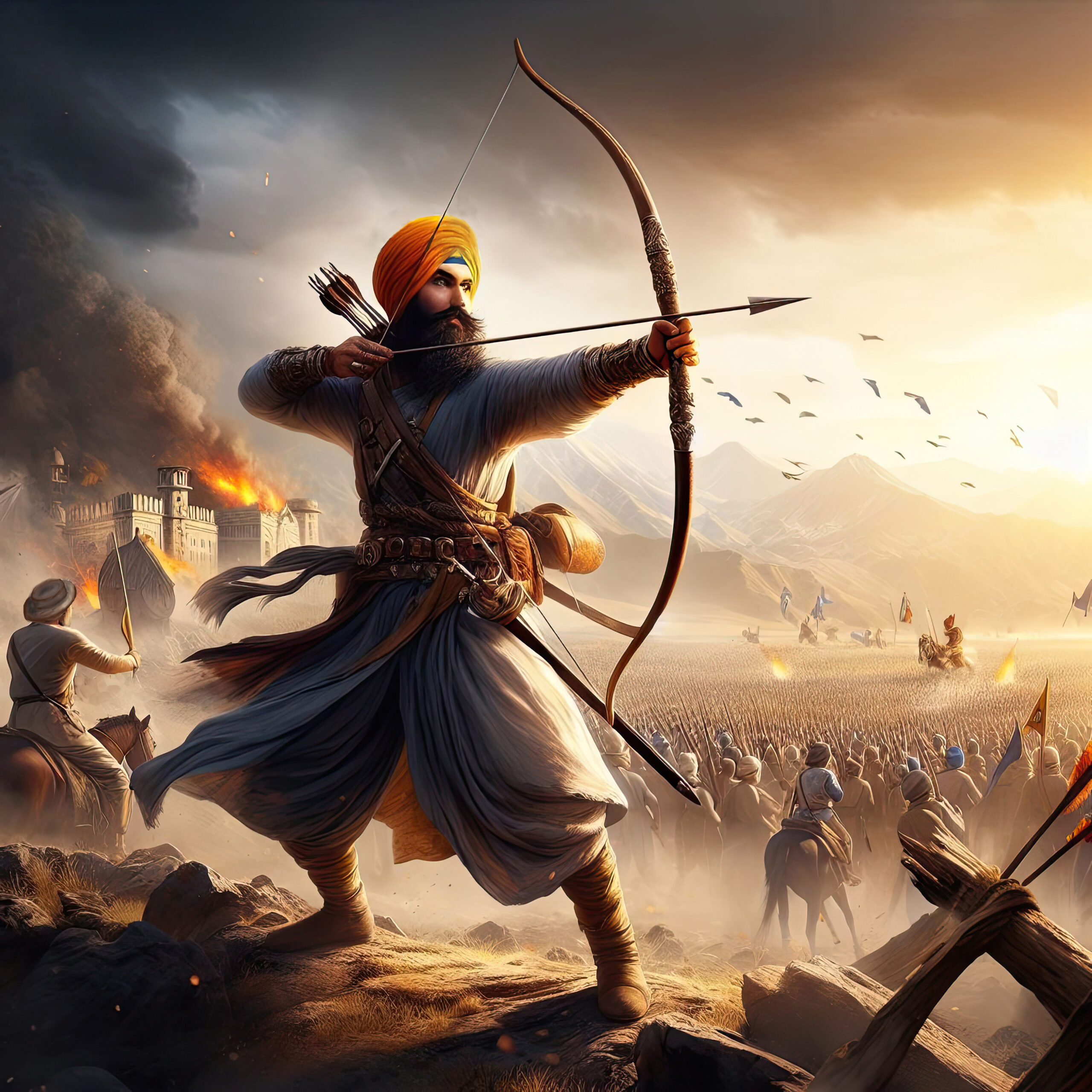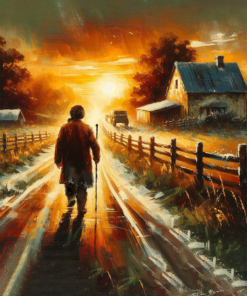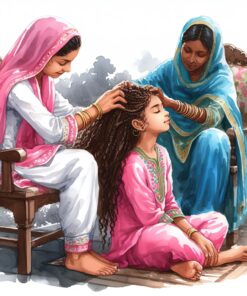Zorawar Singh (Dogra) was born at Khalur in 1786, now in the state of Himachal Pradesh, India, which was then a part of Punjab. At a very young age, he rose to become a General in Maharajah Ranjit Singh’s army.
In 1840, Zorawar Singh led an expedition to Baltistan, which is believed to be one of the most rugged mountain regions of the world. It is situated in the Karakoram range to the south of K2, the world’s second highest mountain. Since 1757, Baltistan was under the rule of Ahmed Shah Durrani of Afghanistan. If not for this expedition, Baltistan would today be a part of Afghanistan.
In 1941 at Purang Valley, which lies separated from Mansarovar by the Gurla Mandhata range, his forces climbed the Gurla pass and reached Dogpacha. Here they were caught totally off-guard by the Tibetan forces. A fierce hand to hand battle resulted in the victory of Zorawar Singh, who captured the Tibetan army “Colors” flag, which till today lies in possession of the Indian Army.
On 12th December, 1841 General Zorawar Singh was hit by a bullet on his left shoulder and died at Taklakot. General Zorawar Singh’s severed head was carried to Lhasa where it was placed at a thoroughfare for public viewing.
The Tibetans however also recognized the valor of General Zorawar Singh and built a Chorten (Cenotaph) at Taklakot in his memory. Even today, the Tibetans call it “Singh ba Chorten” or the Cenotaph of the “Singh Warrior”.






Reviews
There are no reviews yet.